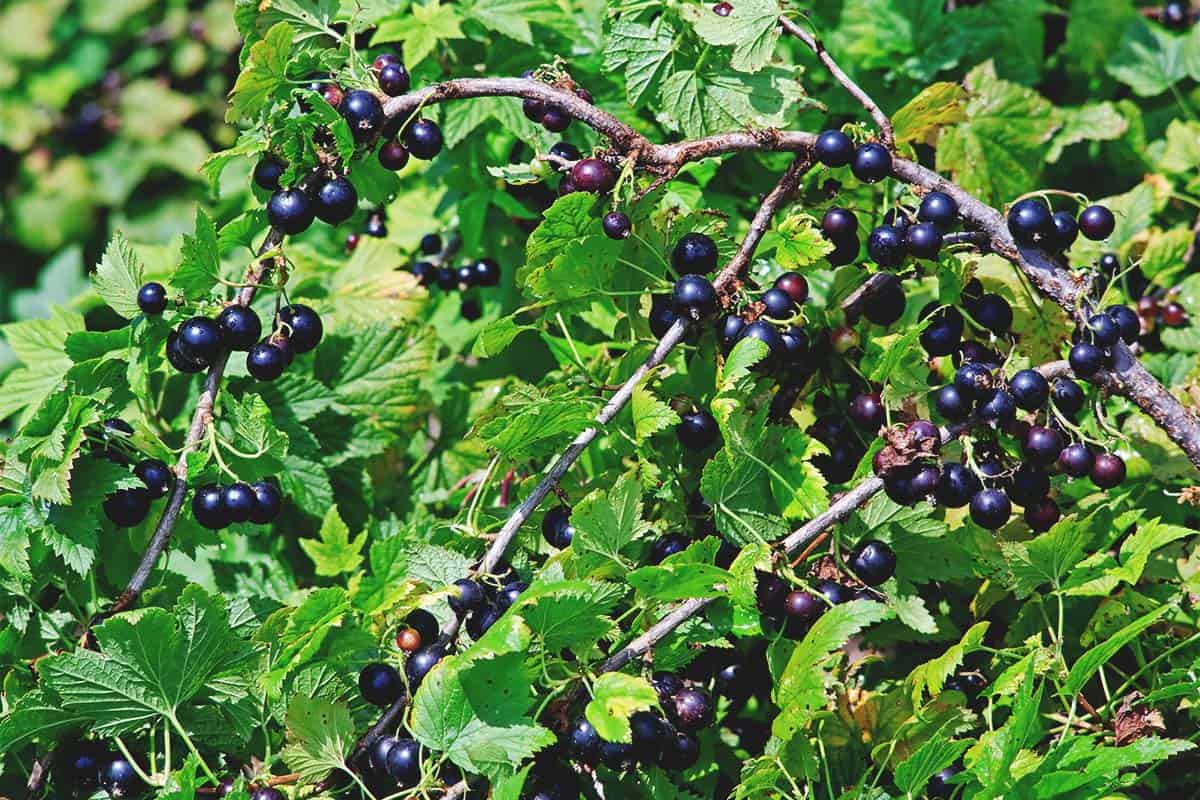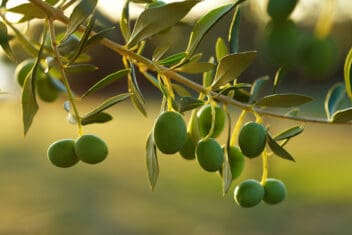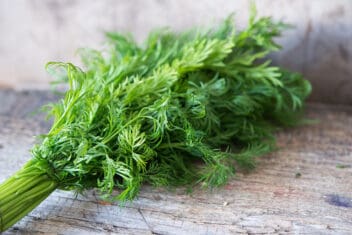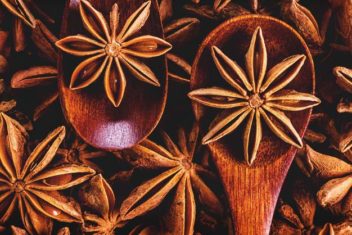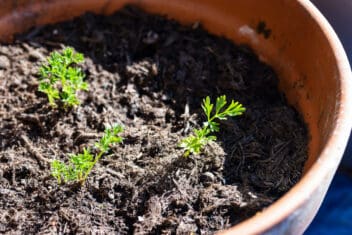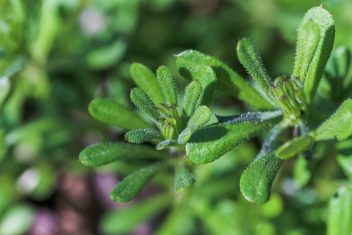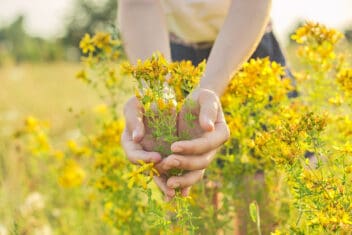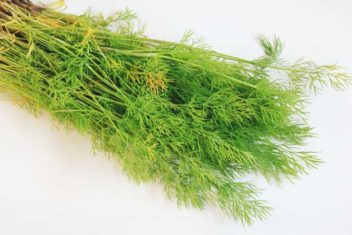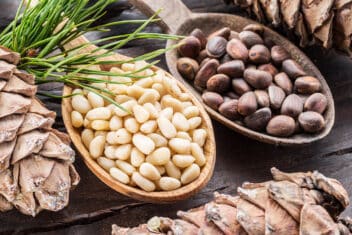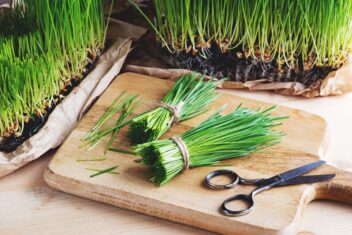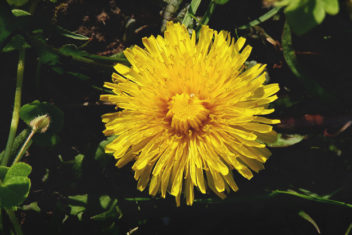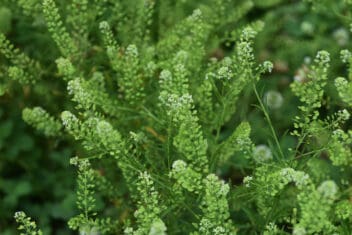Adding fruit bushes to your garden feels a bit intimidating, but black currants are one of the easiest, yet underrated, fruit bushes to grow. Growing black currants provides your family with bunches of delicious, dark purple to black fruits with little fuss.
Nothing is as delicious as homegrown fruit, but growing it does feel overwhelming. Not so with black currants. Not only are these fruits full of vitamin C, but your future will be full of pies, jams, and other delicious treats.
Let’s take a look at what growing black currants in your garden involves.
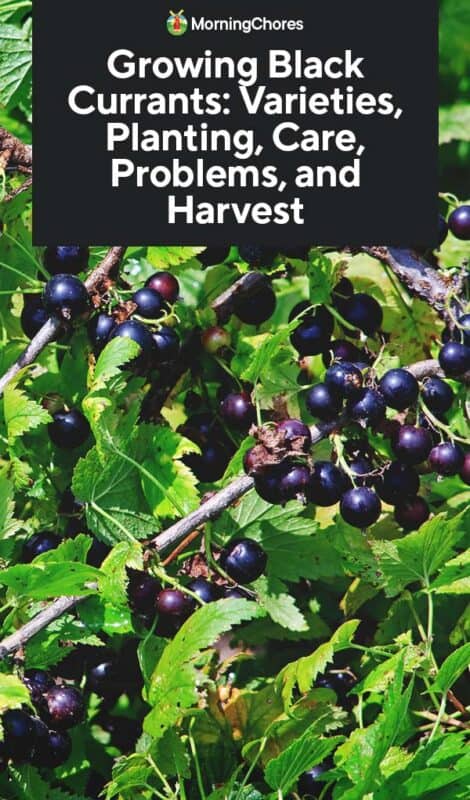
Best Black Currant Varieties
First things first, you’ll need to narrow down the variety of black currant that you want to grow in your garden. Typically, you’ll only select one type to avoid cross-pollination, unless you have separate areas to plant the bushes.
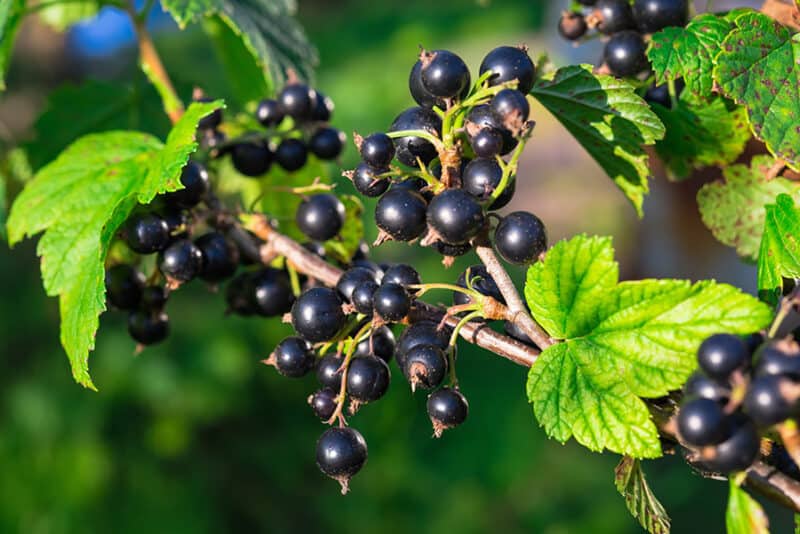
There are two types of black currants: American and European. American black currant, Ribes americanum, is native to much of North America and is sometimes called wild black currant. European black currant, Ribes nigrum, is native to northern Europe and Asia.
Ben Connan
Out of all of the varieties, ‘Ben Connan’ black currants is the heaviest producing one, with up to 7 pounds of berries off of one plant. The plants are compact, so this type works well for containers.
The berries are larger than normal and the plant has excellent disease resistance to mildew.
Crusader
Crusader black currants are a rust-resistant variety that consistently produces medium-sized fruit. The berries tend to be thicker skinned than some others, with a higher acid level. That means they store well and break down slower.
Crusader is resistant to white pine blister rust.
Consort
Consort fruits are smaller, but they have that sharp, characteristic taste that you want the fruits to have. The bushes produce for long stretches with fruits that ripen evenly.
‘Consort’ is resistant to the disease that threatens white pine trees.
Ebony
This variety is considered to be one of the sweetest black currants. These berries are best eaten fresh because their flavor tends to be reduced when cooked. The berries are larger than average, but it’s not considered a vigorous plant, so you get less of them.
Titania
Here is a vigorous plant that only takes around three years to reach maturity. It grows well on light soils with low levels of nutrients. You’ll find the berries sweet and large, plus the bushes have high yields.
Tatiana is resistant to white pine blister rust.
Growing Black Currants in Your Garden
Black currant plants grow well in USDA Zones 3-8. In the U.S., they used to be banned in many parts of the country because of fears that they spread white pine blister rust.
These days, the ban is lifted and they’re gaining popularity again, with more and more commercial growers dedicating land to them. Just keep in mind that if your garden is near white pine trees, choose varieties resistant to the rust.
Now, it’s time to get planting! Let’s look at what you need to know about growing black currants in your garden.
Select the Right Spot in Your Garden
Unlike many other veggies, you don’t need to put black currants in full sunlight. They prefer locations that have ample morning sunlight and afternoon shade, which shields them from the scorching afternoon heat.
They can even grow in shade, though you’ll get a smaller harvest.
You do want to make sure you avoid frost pockets on your property, however. Frost pockets are areas that tend to frost easier, typically due to a lack of sunlight or a lack of morning sunlight.
The Right Soil for Black Currants
After you have the right spot picked, you need to make sure you have the right soil available for the black currants to start growing in. The plants produce the best when they have rich, fertile soil with abundant humus.
Be sure to add plenty of compost to the soil before planting. It’s also a good idea to look at the soil pH level; black currants prefer a range from 6 to 6.5.
That said, they can tolerate heavier clay or more poorly-drained soil than most other fruit plants, but if you want a big harvest, try to give them the soil they crave.
When to Plant Black Currants
You’ll want to plant black currants in the spring; they are cold-hardy, so it’s fine to put them outside if your final frost date has yet to pass. When other plants start to break out of their dormancy, it’s time to get planting.
If you decide to grow your bushes from bare-root plants, it’s best to plant black currants in late fall.
Planting Black Currants
Each plant needs to have plenty of space. Keep 3 feet between each plant and each row.
Once you have your spot located and soil amended, dig a hole that is slightly deeper than the nursery pot holding your plant. Put it into the hole, burying it deeper than it grew in the pot. It’s good to cover some of the stem with soil; it helps to establish the plant.
Once your plants are buried, water deeply. Doing so helps to establish the roots in the ground. After watering, add mulch around the base of your plant, which helps to keep the soil moist and cool.
If you’re planting bare-root bushes, do so in the dormant season. You’ll only want to provide a light watering to settle them into the dirt.
Can I Grow Black Currants in Containers?
Yes! If you have small gardens or a patio garden, there is no reason why you can’t grow these plants in containers. The nice thing about growing black currants in containers is that you can plant them any time of the year.
Pick a container that is 2-2.5 feet wide and 24 inches deep. You can select a smaller container, but that will increase how often you need to water the bushes.
Make sure the container has plenty of drainage holes at the bottom of the container. Bushes don’t like standing water.
Caring for Black Currants in The Garden
Now that your bushes are planted, it’s time to learn how to take care of your growing black currants. Honestly, of all the soft fruits, it’s probably the easiest to care for. It doesn’t need much more than some pruning, water, and occasional feeding.
Watering Needs for Black Currants
Watering is most important in the first year of life when the plants are establishing themselves into the ground. After the first year, it’s most important to add extra water from June to September when the bushes are most active.
Mature bushes have an extensive root system, so you’ll need to create a large puddle under the bush when watering. The more water the bush receives, the juicier the berries!
Fertilizing Black Currants
You’ll need to plan to feed the plants in the late fall. Spread a 1-inch layer of composted manure over the root zones of the plant.
If you notice that your black currants seem to be growing slow, you can also add an additional feed in the late spring or early summer when plants are blossoming. Black currants are vigorous growers, so they need a solid feeding throughout the year.
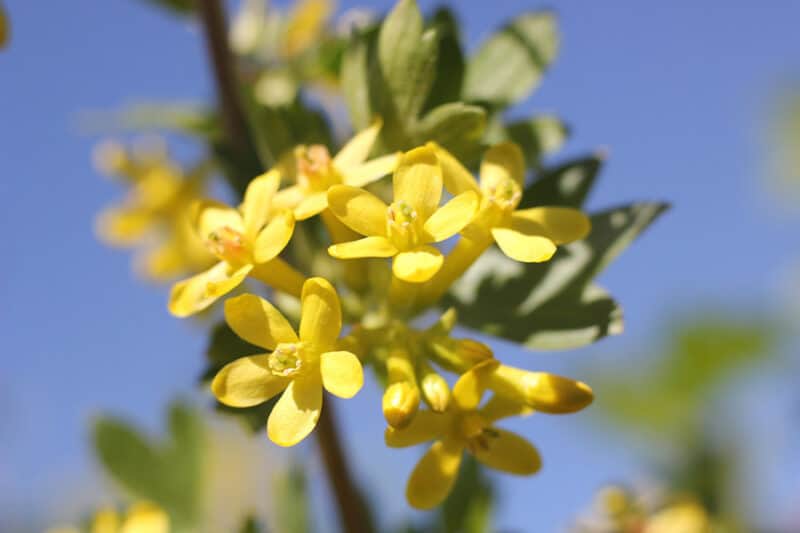
One good idea is to add bonemeal in February or March. The berries appreciate more nitrogen while growing.
Mulching Around the Bushes
As mentioned when you planted your bushes, mulching is a necessary part of growing black currants. Each year, you’ll need to refresh the layer of mulch underneath the plant.
Mulch keeps the soil cool, which is especially important if you’re growing these bushes in areas that are warmer than preferred. Also, mulch keeps the moisture level in the dirt consistently around your plants.
Pruning The Plants
Pruning is an important part of the care of your black currant bushes. They do need to be pruned yearly. Mature black currants bear fruits best on 1 and 2-year-old branches.
In the winter, prune any old branches that are close to the ground, any that are crossing, or obviously old canes. You should prune so that there are 12 canes left for each plant. Doing so maximizes the yield of the plants.
It’s important that the bush gets new wood each season because that’s where the most fruit comes from.
Best Companion Plants for Black Currants
Gooseberries get along well with black currants – they’re close relatives and have similar growing needs. Don’t plant black currants near white pine trees or other currant varieties, like white currants, if you want to avoid cross-pollination.
Common Pests & Diseases
One of the best parts of growing black currants is that they are troubled by fewer pests and diseases than many other plants.
Aphids
The biggest problem you’ll face with aphids and black currants is that the little suckers can cause new growth to curl and become distorted. Aphids overwinter on the bush, so it can be a bit harder to get rid of them.
Typically, you can knock aphids off with a jet of water, but insecticidal soap works, too. If you figure out too late that you have a heavy infestation, you’ll need to cut off the ends of the new growth.
Mildew
Another common problem that you might face is mildew, and this can be a bigger problem with older bushes. You’ll find a silvery, powdery film over the leaves, and it also can damage the fruits.
Mildew is a fungal disease, and it typically happens from a lack of pruning. It’s a sign that your bush is too crowded. You can use a fungicide to treat your bushes, but be sure to prune yearly to prevent this from happening.
Big Bud
Here is a disease that you might face, but it doesn’t have a cure. You might notice the buds on your plant swelling in the spring, but they stop developing after that. The reason that the buds are swollen is that they’re full of tiny mites.
Typically, you’ll need to pick off infected buds and destroy them to decrease the spread of the mites. This can be a laborious task especially if you have multiple bushes.
Harvesting Black Currants
Black currants ripen around July, but some fruit into August. Early varieties ripen in late June. You might be able to have up to six weeks of a picking season for black currants!
A well-established plant can give you up to 10 pounds (and sometimes more!) of fruit, provided you give it the conditions it prefers. They can keep producing for up to 15 years.
When you’re harvesting black currants, it’s important to remember that the riper they get, the less acidic they are. Harvest when the berries are dry and firm.
You’ll want to make sure that you eat your black currants within a few days of harvesting.
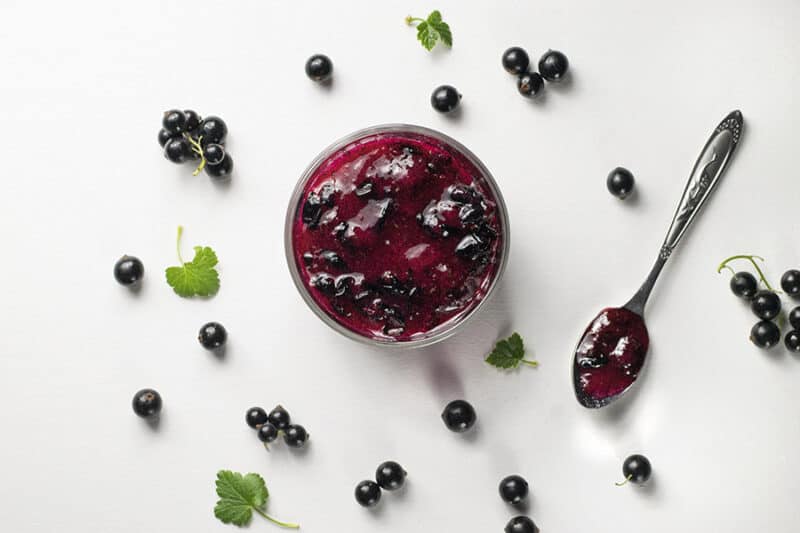
Black currants are high in Vitamins A and C, and in potassium, phosphorus, and calcium. They’re great eaten fresh, canned into a jam, or baked in pies. If you want to get creative, they’re also delicious cooked with shellfish, chicken, or beef.
If you want to have homegrown fruits in your garden, try growing black currants this year. Black currants take a few years to produce fruits, but once they do, the bushes are heavy producers. You’ll have more berries than you know what to do with.
